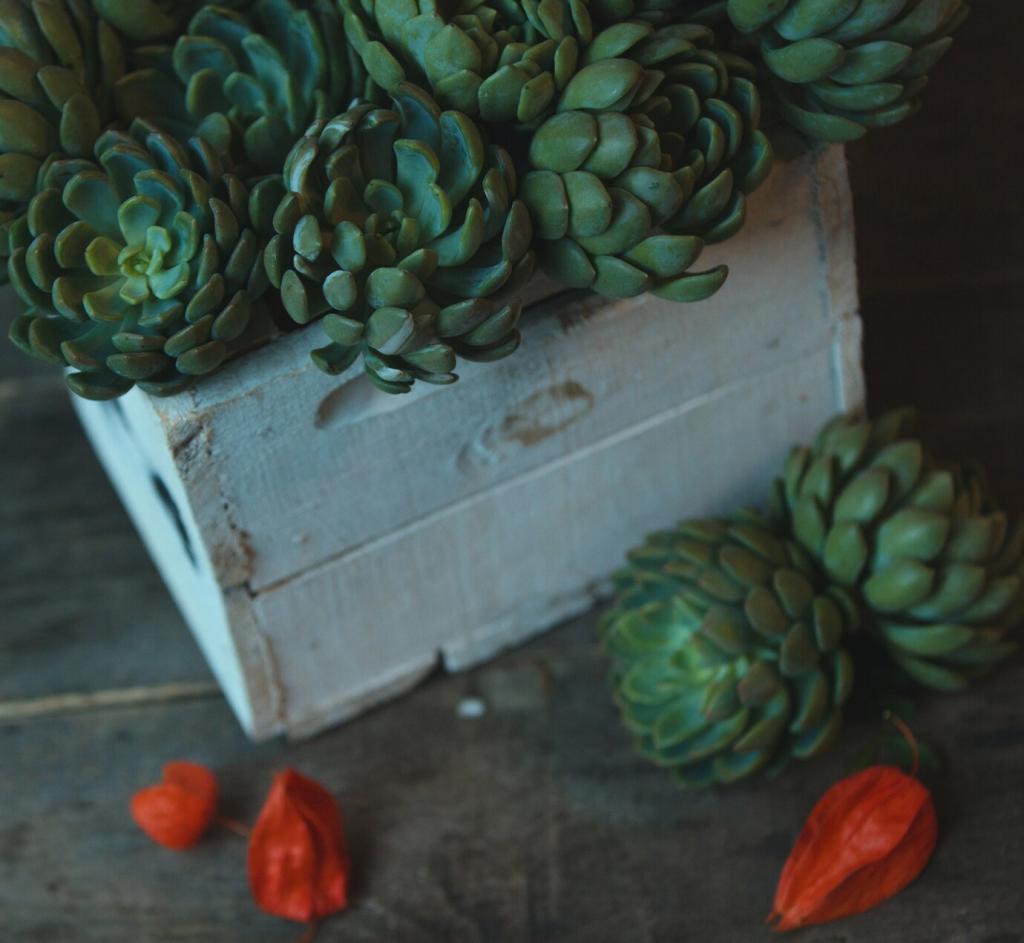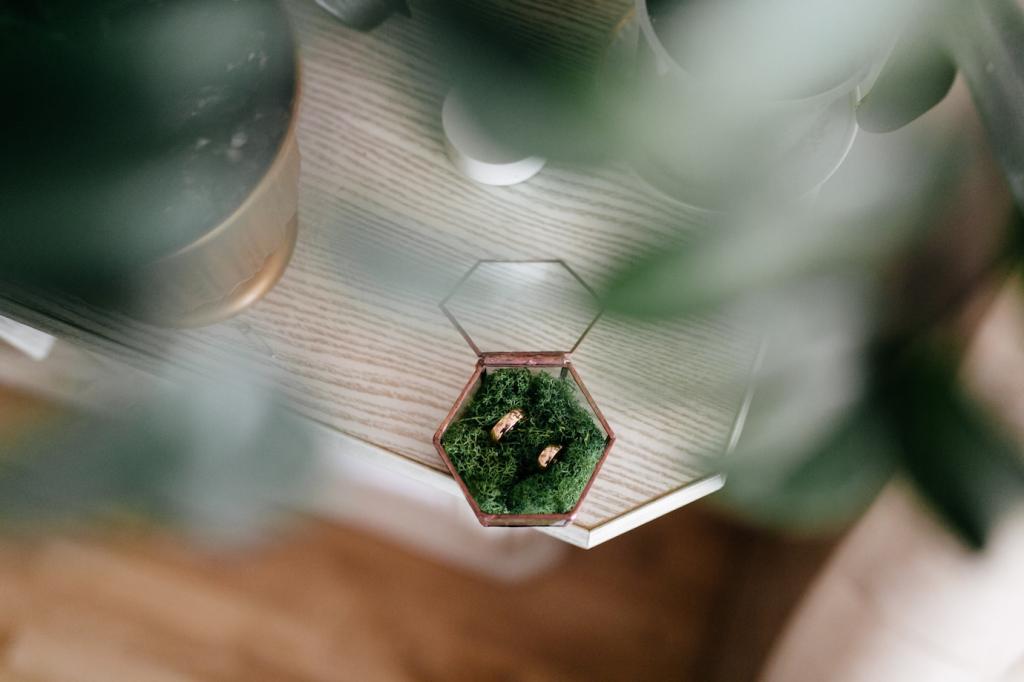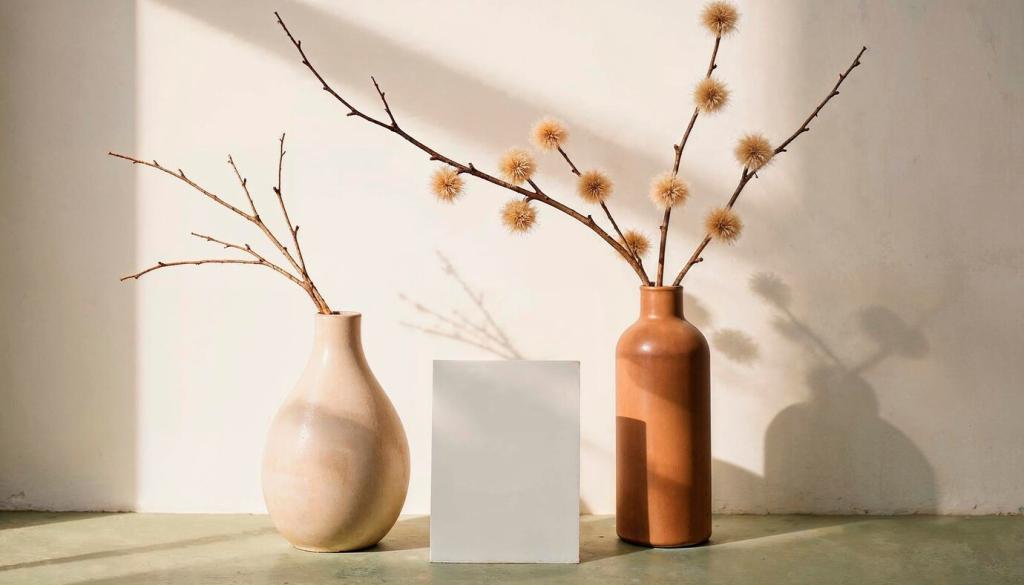Biophilic design represents an innovative approach to architecture and interior design, drawing upon humanity’s innate affinity for the natural world. By deliberately incorporating elements of nature into built environments, biophilic design fosters spaces that not only delight the senses but also promote well-being and productivity. In today’s fast-paced world, reconnecting with nature inside our homes and workplaces can have profound effects on our health and creativity. This page explores how biophilic design is revolutionizing interiors, offering inspiration and practical insight for transforming any space into a vibrant, rejuvenating retreat grounded in nature.
The Essence of Biophilic Design
Human beings have an inherent desire to connect with their natural surroundings, a concept known as biophilia. This instinct is rooted in our evolutionary history, as nature once provided everything essential for survival—from food to shelter. Biophilic design is grounded in this deep-seated connection, aiming to bring life, movement, and natural harmony into the spaces where we spend most of our time. By doing so, these environments become not just visually appealing, but also nourishing to our minds and bodies, reinforcing our link to the natural world.

Previous slide
Next slide

Natural Materials and Textures
Timber, stone, and other organic materials are celebrated for their aesthetic versatility as well as the grounding effect they impart to interiors. Exposed wooden beams, hardwood floors, or stone feature walls introduce tactile experiences that recall the forest and mountains. These materials age gracefully, gaining character over time, and help foster a sense of connection to the land. Using responsibly sourced, untreated finishes preserves the authenticity of these elements, ensuring they both please the senses and respect the environment.
Previous
Next
Maximizing Flow and Spatial Layout
Establishing clear lines of sight to natural features or outdoor spaces is fundamental to biophilic design. Open-plan layouts, large windows, and glass doors allow daylight and garden views to permeate the interior, dissolving boundaries between inside and out. These visual links nurture a subtle sense of expansiveness, inviting the tranquility of nature to become an ever-present backdrop. Such purposeful spatial organization instills rooms with calmness and helps occupants maintain a strong cognitive connection to the rhythms of the outside world.
Previous slide
Next slide
Eco-Friendly Material Choices
Opting for renewable, non-toxic, and locally sourced materials is central to sustainable biophilic design. Bamboo flooring, reclaimed wood beams, and recycled stone countertops minimize environmental impact while imbuing interiors with the authenticity of nature. Low-VOC paints, natural fiber textiles, and eco-friendly finishes safeguard indoor air quality. By prioritizing materials that respect the earth, biophilic interiors exemplify a holistic commitment to health, beauty, and ecological balance.
Energy Efficiency and Natural Systems
Biophilic design often leverages natural systems to enhance energy efficiency and reduce environmental footprints. Passive solar layouts maximize winter sunlight and encourage summer cooling. Green roofs insulate buildings, while natural ventilation strategies harness fresh air flows. The strategic use of daylight reduces the need for artificial lighting, and the integration of indoor plants helps moderate humidity. By aligning built environments with natural cycles, these strategies benefit both occupants and the wider ecosystem.
Responsible Water Use and Indoor Landscapes
Water features and indoor landscaping can be implemented in ways that conserve this precious resource. Smart irrigation systems, drought-tolerant plant species, and recirculating fountains all contribute to water-efficient interiors. Balancing the desire for lush, living spaces with sustainable water practices ensures long-term resilience. Biophilic design, when practiced responsibly, acts as a catalyst for environmental mindfulness, encouraging thoughtful stewardship while celebrating the restorative powers of nature.

Vertical Gardens and Green Facades
Vertical gardens and living walls enable lush vegetation to flourish where horizontal space is limited. These installations introduce a cascade of greenery into apartments, office buildings, and communal areas, improving air quality and providing cooling shade. Climbing plants work their way across trellises or facades, transforming bland exteriors into vibrant, living canvases. By turning overlooked vertical surfaces into verdant ecosystems, biophilic design brings tactile, visual, and ecological richness into the heart of the city.
Rooftop Sanctuaries and Shared Green Spaces
The rooftops of urban buildings offer unique opportunities to reclaim green space. Biophilic design can transform these often-underutilized areas into communal gardens, meditation zones, or open-air workspaces, providing fresh air, daylight, and places to unwind or connect. Rooftop oases provide vital habitats for pollinators and birds, helping to offset the loss of ground-level greenery. Such sanctuaries become essential retreats where city residents recharge, grounded in restorative contact with living ecosystems above the streets.
Biophilic Design in Compact Interiors
Even the smallest city apartments or office pods can benefit from biophilic approaches. Window herb gardens, terrariums, natural wood accents, and abundant daylight infuse limited interiors with the spirit of the outdoors. Thoughtful placement of mirrors can amplify views of nature, while foldable partitions and sliding doors create flexible, adaptable zones reminiscent of natural transitions. By tailoring biophilic design to fit the scale and context of urban life, even high-rise dwellers can enjoy the enduring joys of nature close at hand.
Join our mailing list
